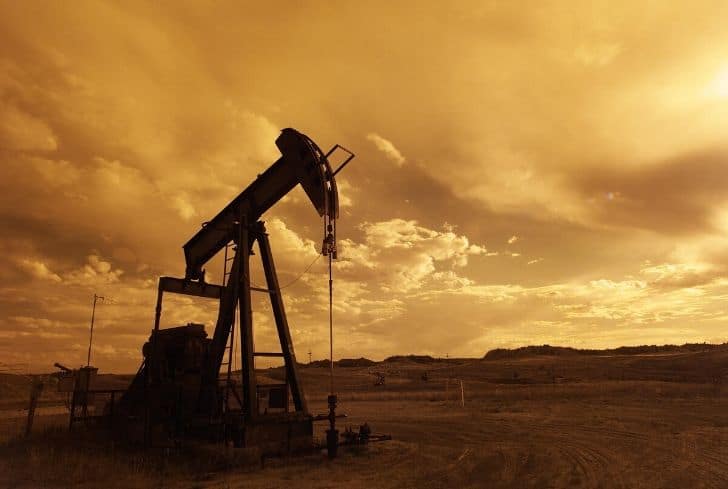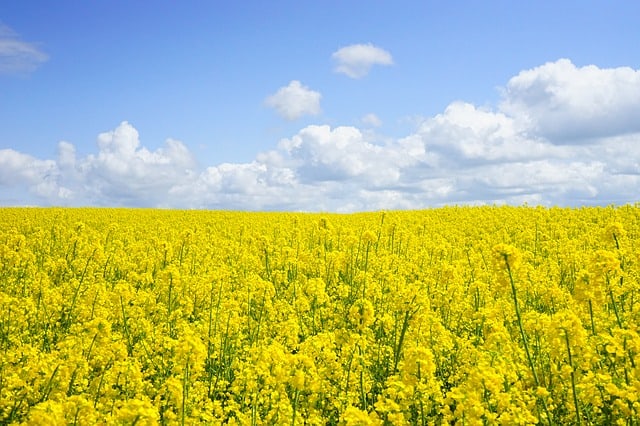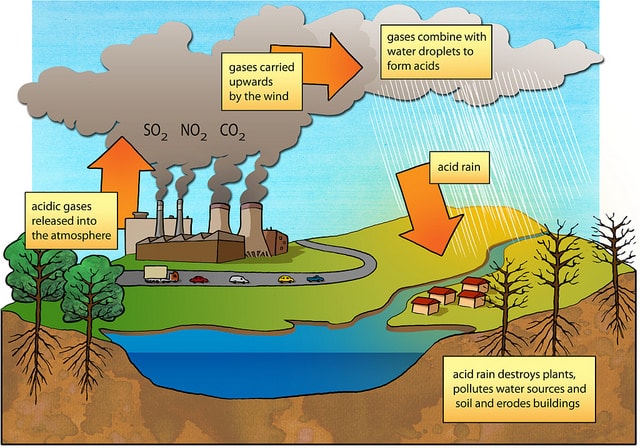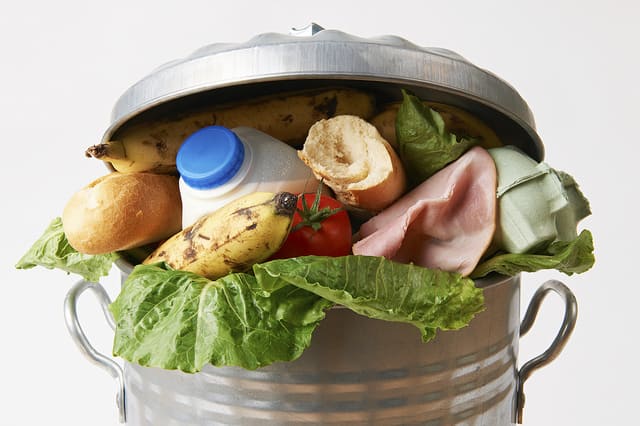Is Oil a Renewable Resource? How is it Extracted and Environmental Impact of Using Oil as a Fossil Fuel

Millions of years ago, microscopic animals, algae, and zooplankton died and sank to the seafloor. Over the years, they were buried under millions of tons of mud, sediments, and plant debris. Eventually, the shallow seas dried up and only sedimentary basins remained.
Deep down this basin floor, the organic remains were compressed between Earth’s mantle, with high pressure and temperature, and millions of tons of sediment above. With no oxygen, the organic remains first transformed into kerogen (a waxy substance) and then into hydrocarbons. Coal, natural gas, petroleum, or crude oil are all hydrocarbons formed under similar conditions.
Where Can Oil Be Found?
Sedimentary basins, where ancient shallow seas used to present, are key sources of oil. Africa’s Niger Delta Sedimentary basin holds 500+ oil deposits, making it one of the most productive oil fields in the continent.
In some places like LaBrea Tar Pits, in Los Angeles, California, oil can be found bubbling up through the ground. Canada’s oil sands are another example where oil deposits are within 70 meters of the surface.
Is Oil a Renewable Resource?
Oil is a non-renewable source of energy. This means it can’t be replaced naturally, and one day we will probably run out of it.
How Oil Is Extracted?
The first step to find oil reservoirs and the geological conditions in the area. Then comes drilling for oil. Drilling can either be,
- Developmental – it is the drilling in an area where oil reservoirs have already been found.
- Exploratory or Wildcat– drilling in an area where there are no known oil reserves and has a high failure rate.
- Directional – drilling vertically to a known oil source, then veering off the course to check for additional resources.
The crude oil extraction process includes the following three stages: primary, secondary, and tertiary.
Primary Recovery: It is the first phase, wherein gravity, along with the natural pressure in the oil reservoir, drives the oil into the wellbore. From here, the oil is brought to the surface using a pump jack. The extraction potential of this method is limited, say it can extract only 10-15% of a reservoir’s supply.
Secondary Recovery: When the primary method isn’t enough secondary recovery is used. In this method, external fluids or gas is injected to increase reservoir pressure and to displace oil towards the wellbore.
In general, a secondary recovery can extract an additional 10 -20% of the oil originally present in the reservoir. Point to remember: the percentage varies depending on the oil and rock surrounding the reservoir.
Tertiary Recovery: Also known as enhanced oil recovery (EOR), this is the third phase that can produce 30 -60%, or more, of the oil originally present. EOR is sub-divided into three categories.
- Thermal Recovery. This is the most preferred EOR (account for over 40%) in the USA. It involves the introduction of heat such as the injection of steam to reduce the viscosity of the oil, allowing easier flow to the surface.
- Gas Injection. Either natural gas, nitrogen, or carbon dioxide (the most popular option) are injected into the reservoir. Thus, additional oil is pushed to the wellbore. Gases that dissolve in the oil are also employed to lower oil viscosity and increase the flow rate. Gas injection accounts for almost 60% of EOR in the USA.
- Chemical Injection. The least common EOR method – accounts for 1% in the USA. It involves the use of long-chain polymers to improve oil flow. Detergents-like surfactants are also used to lower the surface tension of oil.
Extraction From Oil Sands
Oil sands are a mixture of clay, sand, water and bitumen, a very viscous form of crude oil. For that reason, oil sands are also called as ‘tar sands’.
Due to the high-viscosity, the extraction of oil from oil sands is quite different from drilling. Open-pit mining and in situ are the two different methods used to extract oil from oil sands.
Bitumen that is close to the surface (<75 meters) is mined. About 20% of oil sands are extractable through open-pit mining. The process is similar to coal mining operations – large shovels are used to scoop the oil sand into trucks.
After breaking down into smaller pieces, this is then mixed with water to form a thick slurry. It then goes through a frothing process so bitumen can be separated for further processing. Bitumen then undergoes a process called upgrading to give synthetic oil that can be refined.
Next up, the extracted crude oil is refined as it comes with lots of impurities, from sulfur to sand. Upon distillation, propane, kerosene, and other chemicals condense on different tiers of the distillation tower and can be collected separately. They are transported by pipeline, ocean vessels, and trucks to different locations for further usage.
6 Ways Oil Drilling & Burning Is Bad For The Environment
Too much usage of oil as a fossil fuel has a far worse impact on the climate than previously believed, says the studies. Let’s analyze this in the section below.
1. Oil spills are known killers of marine life
Devastating images of oil-drenched turtles, pelicans, and dolphins are nothing new. Big and small, oil spills have been making headlines since the early 1900s, and are steadily increasing every year, killing the marine ecosystem.
The 2010 BP Deepwater Horizon disaster dumped 200 million+ gallons of crude oil into the Gulf of Mexico and took the lives of many marine species.
Generally, the effects of oil spill depend on a multitude of factors, including composition, characteristics, and bioavailability of the oil, exposure routes, and more.
Oil coat the features of birds and fur of marine mammals, making them susceptible to hypothermia and overheating. Spills damage nesting grounds, alter the migratory patterns as well as increase mortality.
Though we have advanced technology, marine life can also be affected by clean-up operations. Oil dispersants, which are used after the spill are also toxic and threaten both marine fauna and flora. Habitat destruction is the indirect effect of such clean-up campaigns.
Additionally, oil spills also affect the economic coastal activities and the local communities that depend on marine resources. Because bigger oil spill clean-up may take several years.
2. Air and water pollution hurt local communities
Close to a hundred countries produce oil – from production wells to processing plants. Oil and gas production are the main contributors to air pollution, says the United Nations. Oil burning emits toxic gases, which when inhaled may lead to an array of health issues including respiratory disorders, developmental disorders, and even cancer.
The health risk of oil extraction is not only limited to air pollution. Drilling contaminates water sources with toxic chemicals that lead to cancer and other chronic diseases.
The health threat the millions of people living close to oil plants facing is very real.
3. Fossil fuel emissions contribute to climatic chaos
Oil is a fossil fuel. Burning oil releases carbon dioxide – approximately one-third of the global carbon emissions – into the atmosphere contributing to global warming. The consequences are all around us in the form of hotter days, wildfires, rising sea levels, and more.
To stop the earth from burning like hell, scientists suggest to leave the oil in the ground or just extract only what the world needs.
4. Pristine landscapes are a thing of the past
Drilling in the fragile land – something oil industry giants are eager to do – is a messy idea. Not only does it destroy rangelands and vegetation but it often leaves behind irreversible damages. Not to forget the tremendous risks to the people and wildlife.
Abandoned oil wells and orphaned drilling sites also pose a threat to the environment. As per researchers, there is at least a million unplugged oil well around the globe; they leak oil, gas, and brine into soil and water, and pose an explosion risk.
5. Turns visitors away
Hikers, wanderers, and vacationing families go into the wilderness to experience wildlife in its true sense. Noisy extraction sites and busy roads aren’t what they prefer to see.
The unsightly effects of oil and gas plants affect travelers’ experience and may affect local communities that depend on tourism. As well as supporting jobs, outdoor recreation on public lands, biologically active areas, and national parks contribute billions to the local economy.
6. Light pollution is another concern
The glare from oil extraction sites is so strong that it’s even visible from up above. Photos of North Dakota’s Bakken oil fields taken by NASA satellites are burning as bright as Chicago. Much of this brightness and glare is from the burning of oil, well pads, and storage areas.
Researchers found that too much light affects insects like bees. Considering they are one of the most important pollinators engaged in moving pollen around, it is alarming. Light pollution disrupts their biological clock, leading to a decline in the plant population.
Too much Lumosity is taking a toll on landscapes like Chaco National Park, one of the famous places in the world to stargaze. With too much glare and light from the oil complexes nearby, the park’s skies no longer remain as ethereal as it was before.
Bottom Line
Considering the alarming oil consumption rate, scientists doubt that this non-renewable energy will become extinguished by 2040. Scientists are finding better extraction methods and ways to prevent a global energy crisis.
However, the last thing our planet needs is more drilling and spilling. Too much reliance on crude oil or petroleum fuels climate crisis, air, water, & soil pollution, and may cost the lives of many species.
In short, we need to use fossil fuel judiciously – to save ourselves and our planet.
References:
https://earth.yale.edu/sites/default/files/files/Cannon_Senior_Essay.pdf
https://www.eia.gov/energyexplained/oil-and-petroleum-products/oil-and-the-environment.php






